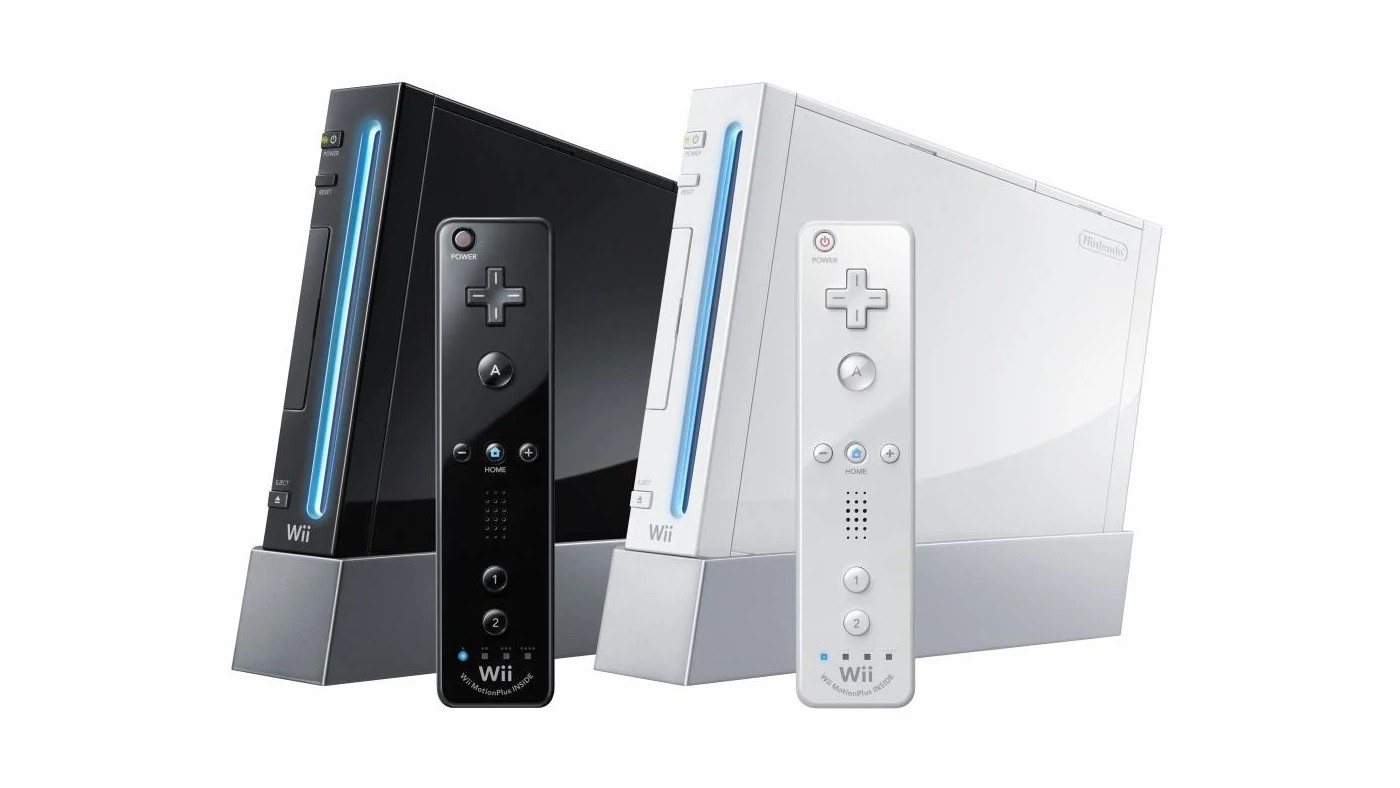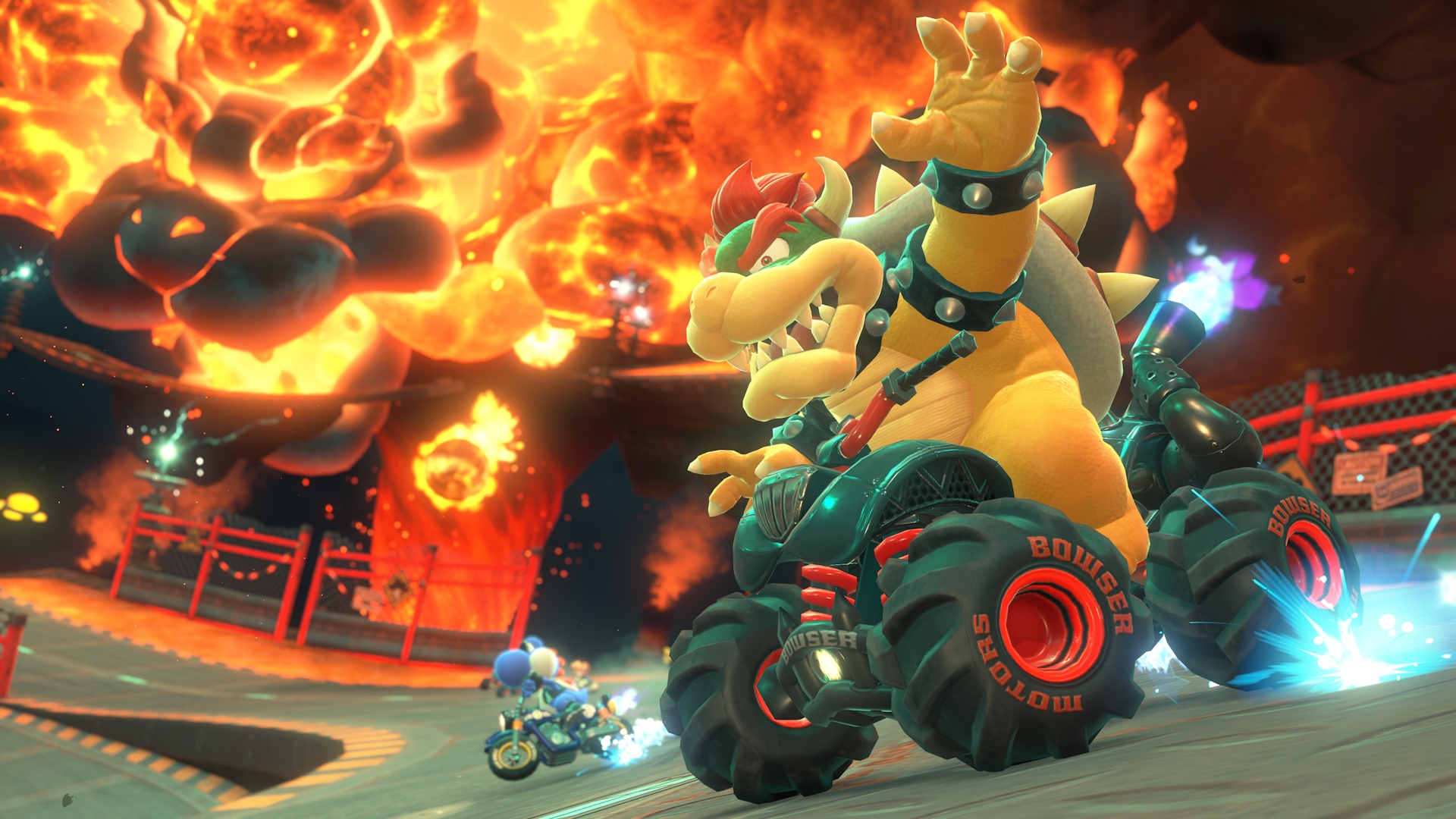When it comes to game controllers, Nintendo has long held a reputation for bold innovation.
Years before motion controls became a foundational feature in gaming, Nintendo challenged the industry status quo by introducing the iconic directional pad on the Nintendo Entertainment System and pioneering features such as action-sensitive vibration, analog sticks, and wireless connectivity.
These milestones set the stage for one of the company's most transformative products: the Wii Remote, first unveiled to the public in 2005 under the codename 'Revolution.' The Nintendo Revolution, later launched as the Nintendo Wii in late 2006, promised to offer a brand new way to interact with games.
Eschewing the familiar two-handed gamepad, Nintendo presented a slim, one-handed remote equipped with motion and position sensors.
This innovative approach allowed players to control the action with real-world movements.
According to statements from Nintendo at the time, the new controller aimed to 'translate physical motion directly into gameplay,' presenting possibilities such as swinging the controller like a paddle in a virtual Ping-Pong match or mimicking the act of aiming and shooting with a simple forward motion and button press. To accommodate more complex titles, Nintendo also introduced the Nunchuk attachment, which included an analog stick and two trigger buttons.
This modular design gave developers the flexibility to create games that could leverage either motion controls or traditional input methods, further broadening the appeal of the platform. The Wii Remote's motion technology quickly became a defining feature of the system, setting it apart from competitors and ushering in a new era of accessible, family-friendly gaming.
Within just one year of release, the Nintendo Wii became a commercial sensation, topping sales charts globally and helping Nintendo surpass 100 million lifetime hardware sales.
These achievements placed the Wii among the top-selling consoles of all time, aided in large part by its unique controller. Nintendo's design philosophy with the Wii Remote has continued to influence its hardware evolution.
Both the Nintendo Switch and its Joy-Con controllers have carried forward the spirit of accessible, motion-enabled play for a new generation of gamers, reaffirming the company's deep commitment to hardware experimentation and user-focused design.
By continually challenging and reimagining conventional interfaces, Nintendo has shaped not just its own legacy, but the broader trajectory of the gaming industry. The impact of the Wii Remote, first glimpsed during its time as the Revolution controller, remains significant.
Its success demonstrated that innovation in control schemes can drive industry-wide change—making play accessible to veteran gamers and newcomers alike.
Years before motion controls became a foundational feature in gaming, Nintendo challenged the industry status quo by introducing the iconic directional pad on the Nintendo Entertainment System and pioneering features such as action-sensitive vibration, analog sticks, and wireless connectivity.
These milestones set the stage for one of the company's most transformative products: the Wii Remote, first unveiled to the public in 2005 under the codename 'Revolution.' The Nintendo Revolution, later launched as the Nintendo Wii in late 2006, promised to offer a brand new way to interact with games.
Eschewing the familiar two-handed gamepad, Nintendo presented a slim, one-handed remote equipped with motion and position sensors.
This innovative approach allowed players to control the action with real-world movements.
According to statements from Nintendo at the time, the new controller aimed to 'translate physical motion directly into gameplay,' presenting possibilities such as swinging the controller like a paddle in a virtual Ping-Pong match or mimicking the act of aiming and shooting with a simple forward motion and button press. To accommodate more complex titles, Nintendo also introduced the Nunchuk attachment, which included an analog stick and two trigger buttons.
This modular design gave developers the flexibility to create games that could leverage either motion controls or traditional input methods, further broadening the appeal of the platform. The Wii Remote's motion technology quickly became a defining feature of the system, setting it apart from competitors and ushering in a new era of accessible, family-friendly gaming.
Within just one year of release, the Nintendo Wii became a commercial sensation, topping sales charts globally and helping Nintendo surpass 100 million lifetime hardware sales.
These achievements placed the Wii among the top-selling consoles of all time, aided in large part by its unique controller. Nintendo's design philosophy with the Wii Remote has continued to influence its hardware evolution.
Both the Nintendo Switch and its Joy-Con controllers have carried forward the spirit of accessible, motion-enabled play for a new generation of gamers, reaffirming the company's deep commitment to hardware experimentation and user-focused design.
By continually challenging and reimagining conventional interfaces, Nintendo has shaped not just its own legacy, but the broader trajectory of the gaming industry. The impact of the Wii Remote, first glimpsed during its time as the Revolution controller, remains significant.
Its success demonstrated that innovation in control schemes can drive industry-wide change—making play accessible to veteran gamers and newcomers alike.






